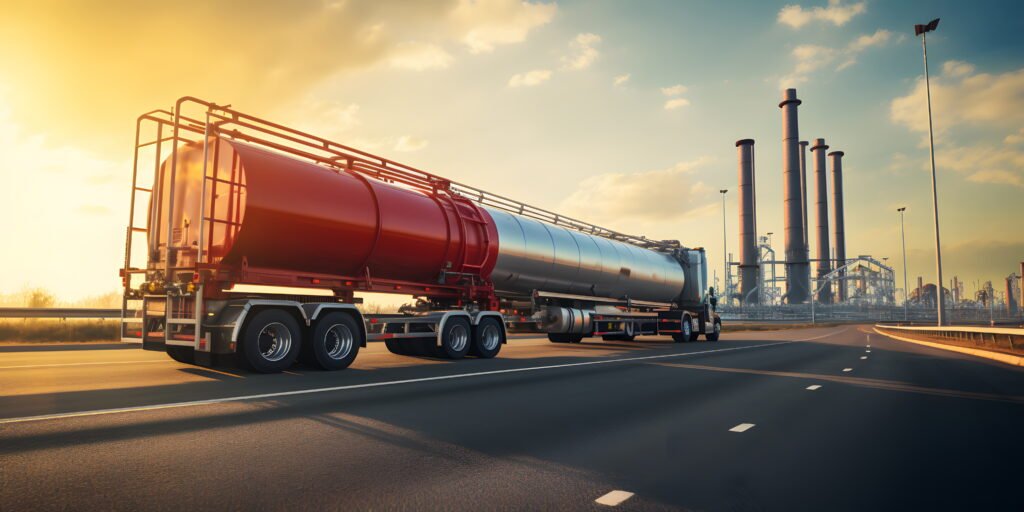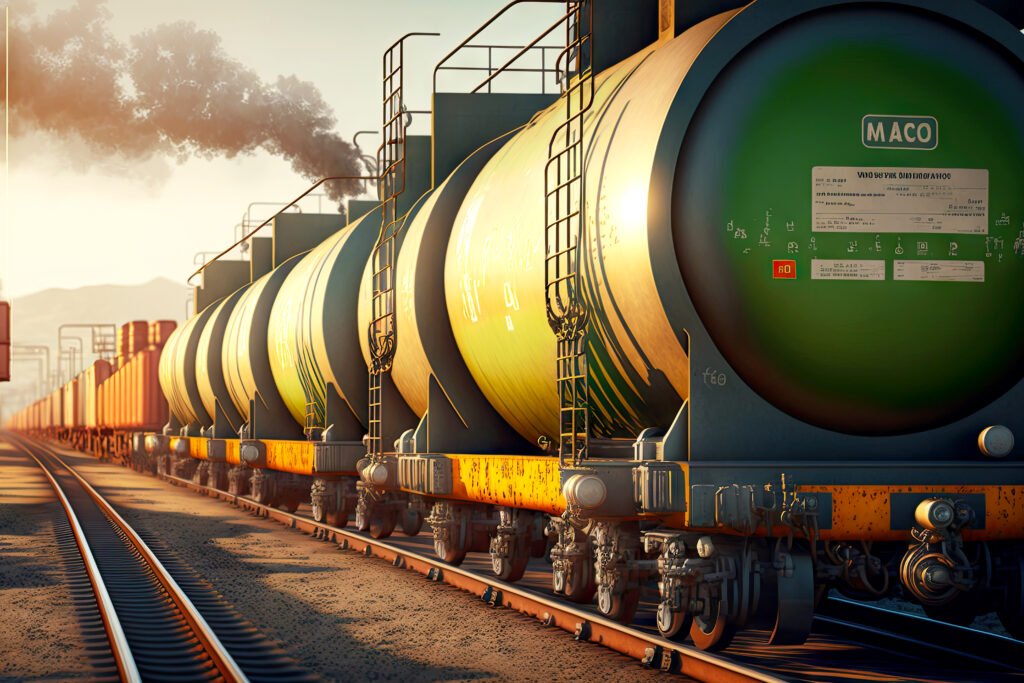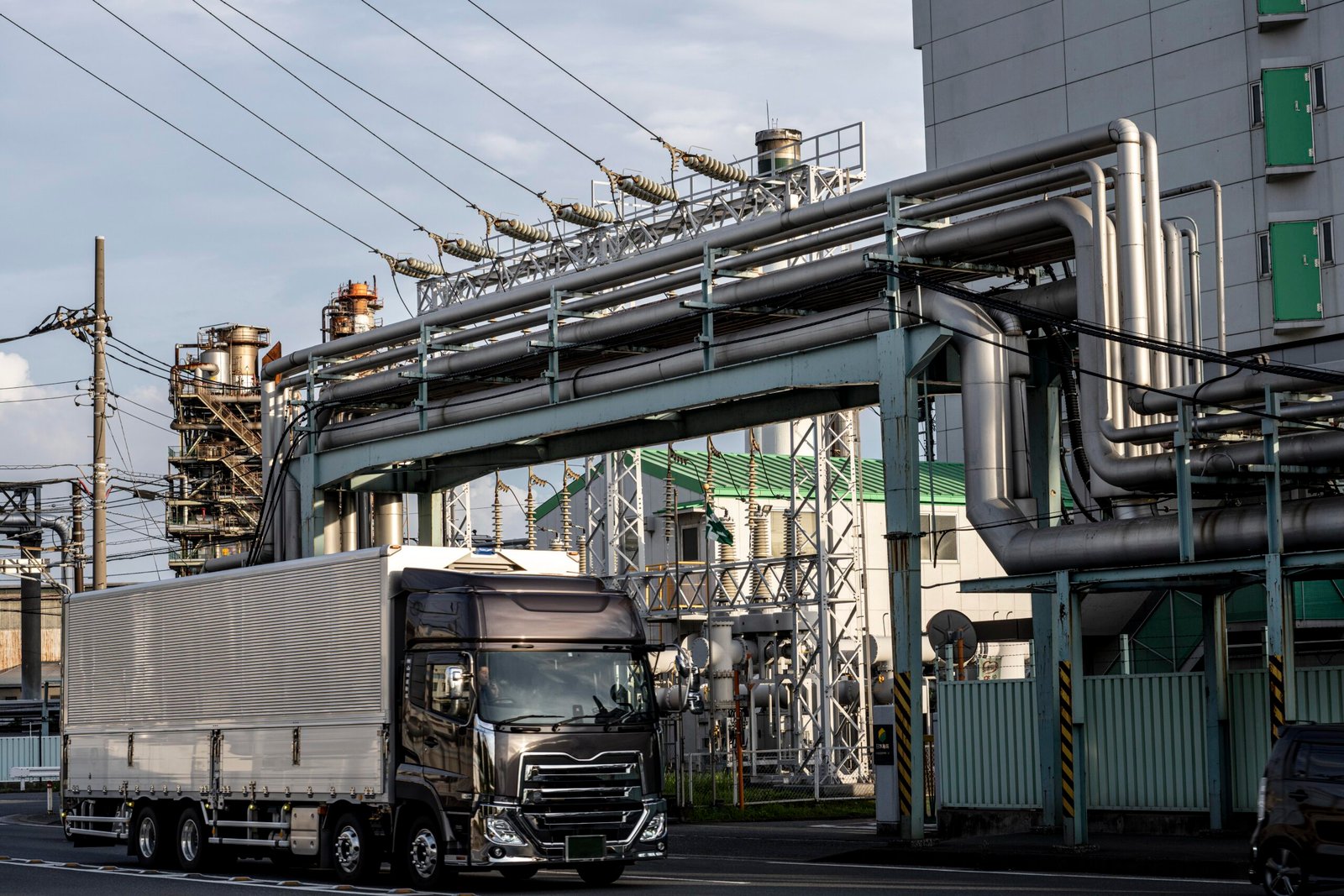Oil Transport: Ensuring the Safe and Efficient Movement of a Vital Resource
Oil transport is a crucial aspect of the global energy supply chain, involving the safe and efficient movement of crude oil and its refined products from extraction sites to refineries and, ultimately, to consumers. This complex process utilizes various transportation methods, each meticulously designed to ensure the integrity of the cargo and minimize environmental impact.
Methods of Oil Transport
1. Pipelines: Pipelines are the most common and efficient method for transporting large volumes of oil over land. These vast networks of steel tubes traverse continents, linking oil fields, refineries, and distribution points. Pump stations maintain the flow of oil, while monitoring systems ensure safety and leak detection. Pipelines are valued for their reliability, cost-effectiveness, and low environmental footprint compared to other transport methods.
2. Tankers: Oil tankers are specialized ships designed to transport crude oil and refined products across oceans and seas. There are two main types:
- Crude Oil Tankers: These large vessels, including Very Large Crude Carriers (VLCCs) and Ultra Large Crude Carriers (ULCCs), transport unrefined oil from extraction sites to refineries.
- Product Tankers: These smaller ships carry refined products such as gasoline, diesel, and jet fuel from refineries to markets worldwide. Modern tankers are equipped with advanced navigation systems, double hulls to prevent spills, and safety protocols to protect marine environments.
3. Rail: Rail transport offers flexibility for moving oil overland, particularly in regions where pipelines are unavailable or impractical. Specialized railcars, known as tank cars, are used to transport crude oil and refined products. Rail transport provides access to remote areas and can be rapidly deployed to meet market demands. However, it requires stringent safety measures to prevent accidents and spills.
4. Trucks: Trucks are used for short-distance transportation of oil, particularly from production sites to local refineries or distribution centers. Tanker trucks are designed to handle different types of oil and refined products, ensuring safe and efficient delivery. While not suitable for long-distance transport, trucks play a vital role in the final leg of the oil supply chain.


Safety and Environmental Considerations
Ensuring the safety of oil transport is paramount. The industry employs numerous measures to protect human health and the environment:
- Spill Prevention and Response: Advanced monitoring systems, spill containment equipment, and emergency response plans are in place to quickly address any incidents.
- Regular Maintenance: Pipelines, tankers, railcars, and trucks undergo rigorous inspections and maintenance to prevent leaks and ensure operational integrity.
- Regulatory Compliance: Oil transport adheres to strict national and international regulations aimed at safeguarding the environment and public safety.
Technological Innovations
Technological advancements continue to enhance the efficiency and safety of oil transport:
- Smart Pipelines: Equipped with sensors and automated systems for real-time monitoring and leak detection.
- Eco-Friendly Tankers: Featuring energy-efficient engines, ballast water treatment systems, and cleaner fuel options.
- Rail Safety Improvements: Including reinforced tank cars, advanced braking systems, and route optimization software.
Economic Impact
Oil transport is a vital component of the global economy, facilitating the steady supply of energy to industries, homes, and businesses. It supports millions of jobs, from engineers and sailors to truck drivers and rail operators. Efficient transport systems also help stabilize energy prices by ensuring timely delivery and reducing bottlenecks.
Conclusion
Oil transport is an essential and intricate process that ensures the seamless flow of one of the world’s most important resources. Through a combination of pipelines, tankers, rail, and trucks, the industry meets the global demand for energy while prioritizing safety and environmental stewardship. Continuous innovation and stringent safety measures uphold the integrity of oil transport, driving economic growth and supporting sustainable energy supply.

